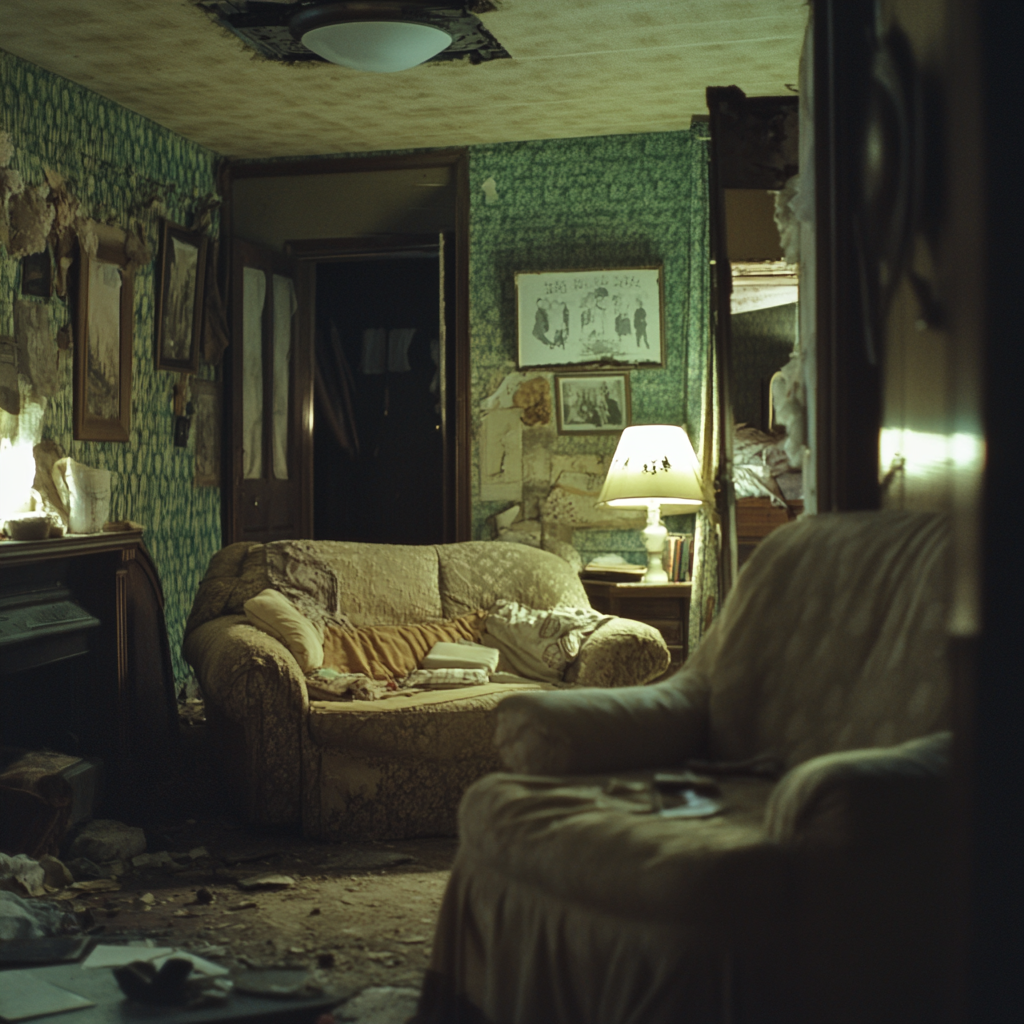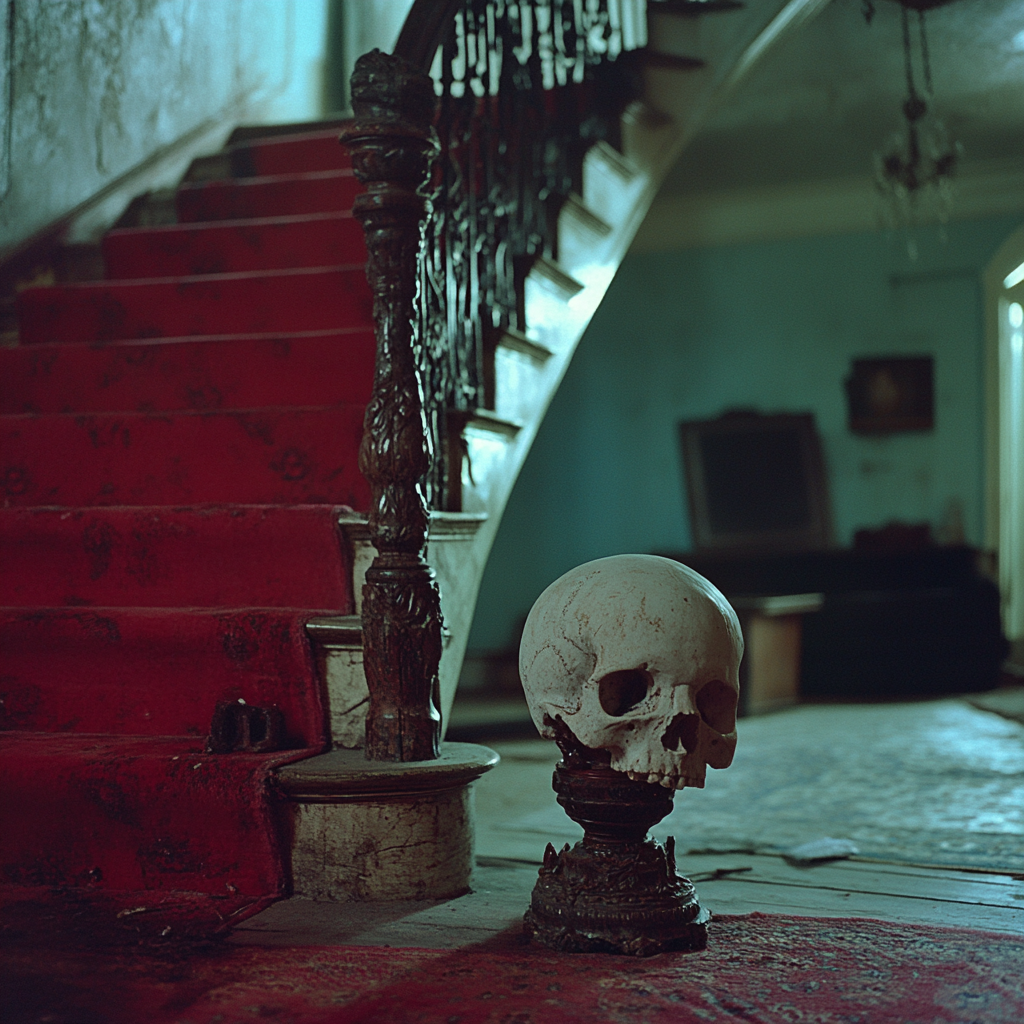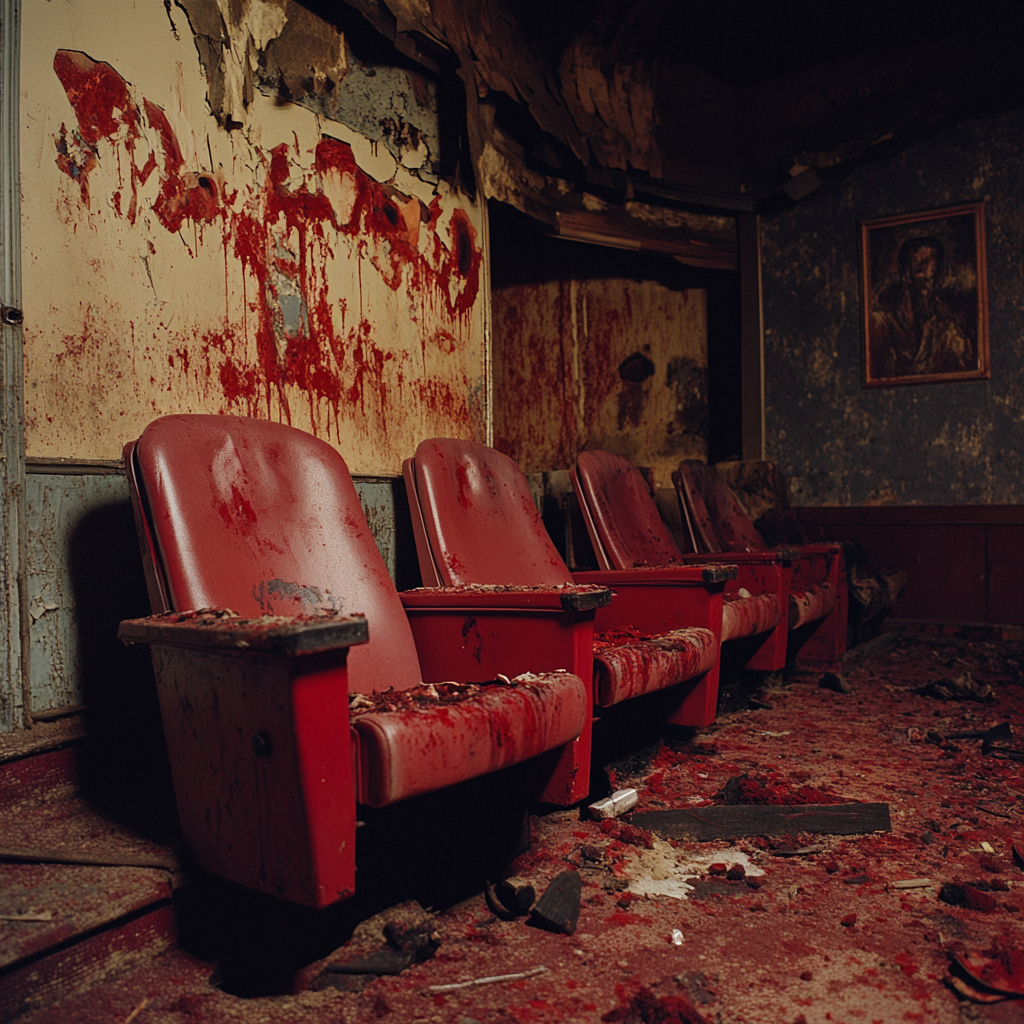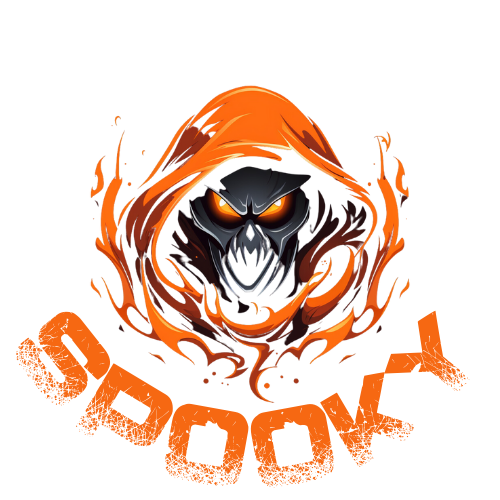People who are interested in genres know that horror isn’t only about gory and jump scares. scenes. It’s an intricate web of the history and culture. To fully appreciate the genre of horror movies it is essential to begin an adventure that takes you through its terrifying beginnings and the current forms. This blog post will lead you through the seven steps that will help you identify themes, recognize subgenres and the techniques of storytelling that are used in horror films. Be prepared to get lost in the exciting world of horror where your heart beats and your imagination swells.
« The Origins of Horror: A Historical Perspective
To comprehend the horror genre it is necessary to examine its roots which was a time when fear and fascination have been interspersed through the years. Horror is rooted in old storytelling, and often reflects the fears of society and taboos. From the frights that lurk in the dark to the supernatural the early stories have shaped the basis of the horror films you love and books of in the present. While you study this historical terrain and discover the ways in which things like culture, events and changing views have formed the genre into the form you see in the present.

The Early Influences of Folklore and the First Influences
Folklore from all kinds of cultures is a vehicle for mankind’s most dreadful fears as well as moral empiricism. Folklore from the beginning often portrayed creatures, spirits, and morally unclear characters, providing an element of caution in a sense of entertainment. There are common themes like the battle with evil and good are found in a variety of genres and are the basis for the modern horror genres that continue to be enthralling.
The Evolution of Horror Literature
To understand the development of horror literature, it is necessary to look at how it evolved over decades, fueled by societal changes and changing literary styles. The first horror elements appeared in the form of ancient stories and religious texts. Beginning with the Gothic novels in the 18th century, to the contemporary psychological thrillers each era has contributed distinct aspects to the genre which connect with your anxieties and curiosity.
It’s fascinating to see how horror fiction has evolved from supernatural stories to psychological nuanced stories that probe the dark side of our human nature. The authors like Edgar Allan Poe and H.P. Lovecraft increased the level of horror, creating deep characters and shivering environments that reach into the darkest parts of your soul. When you delve deeper into this development you’ll see that horror fiction continues to evolve, expressing contemporary concerns and enthralling you with its eerie narratives.
Development of Horror Cinema Development of Horror Cinema
The most intriguing aspects of horror film is the evolution of the genre through the years, revealing social anxieties and changes in the culture. Since its beginning the genre has changed drastically, weaving intricate tales that are a reflection of your most profound anxiety. The experience reveals that horror does more than entertain, but also acts as a mirror for the human condition, shining light on the darkest parts of your brain.
Silent Films from Classic Monsters
One of the first movies of the genre, silent film produced an original suspenseful atmosphere through visual storytelling. Films such as « The Cabinet of Dr. Caligari » and « Nosferatu » showcased innovative techniques that captured viewers and set the stage for the most famous characters, eventually being the basis of the genre that we know today as classic horror films.
It was the Golden Age of Horror
After the silent age after the silent period, it was the Golden Age of horror emerged in the 1930s. It was characterized by groundbreaking films that established the place of horror in the mainstream cinema. There was no escaping the cult appeal from Universal Studios’ iconic monsters such as Dracula and Frankenstein and Frankenstein, which were not just terrifying, but also defined the themes and aesthetics of the genre.
Silent films set the stage for visual storytelling, which laid the basis of that Golden Age of Horror. The genre grew in popularity with studios like Universal made use of themes of terror as well as the supernatural creating classics of the past that left a lasting impression on the popular culture. In this period of transformation when horror was first introduced, you saw the genre’s first motion-picture techniques, mood-setting songs, as well as performances which brought legends of the genre into existence, permanently changing your view of the terrifying silver screen.

Essential Elements of Horror Films
If you’re considering diving into the genre of horror movies It’s essential to identify the main elements that contribute to the eerie appeal. Horror films typically rely on the intensity of their moods and are created by a blend using storytelling strategies, the development of character and a planned pace. There is a sense of tension that develops through surprising twists and scares that are relatable to all and creates a tense feeling that lasts well after the credits have ended.
Cinematography and Atmosphere
Before you are able to fully understand the factors that make horror film visuals unique, concentrate on how cinematography and mood create the mood. The use of shadow, lighting and color play crucial roles in creating tension and suspense. Filmmakers frequently employ close-ups and broad shots to create sensations of claustrophobia or loneliness and increase the sense of terror.
The Sound Design as well as Score
Score plays a crucial role in how horror films connect with the viewer on a personal level. The combination of tense sounds and a hypnotic musical score intensifies tension and tension, making your heart get a little faster with each unexpected twist.
The interplay of the sound design and score could affect the horror film’s impact. It is possible that disturbing whispers, shivering cracks and sudden silences can intensify the mood which can put you in a state of fear. The score usually is a reflection of the emotional arc of the film with dissonant chords and crescendos that rise to lead your heart through moments of fear and excitement. All of these elements together create a an orchestra of terror that draws you deeper into the terrifying story.
Subgenres of Horror
Despite the frightful nature of horror films the genre is extremely diverse and encompasses a variety of subgenres catering to different tastes and fears. Psychological thrillers which delve deep inside the mind of a person to supernatural stories that explore the unimaginable Each subgenre provides the viewer a distinct experience that may create a different type of fear. Understanding these subgenres can enhance your appreciation for the horror genre and its impact which allows you to pick the appropriate scares to suit your enjoyment.
Psychological Vs. Supernatural Horror
Psychological horror is a genre that focuses on characters’ emotional and mental states, which create tension by focusing on inner conflicts and terrifying reality. The genre relies on suspense and anxiety and fear derived from human experience, frequently challenging your notion of your own sanity. The other, however, is supernatural horror. It investigates the supernatural and supernatural, with ghosts, demons and other paranormal phenomena that are beyond explanation. Knowing the difference between the two types of horror will help you determine which kind of terror resonates the most with you.
Find Footage, Slasher and Much More
The genre of supernatural horror frequently overlaps with other popular subgenres, like the slasher genre and found footage. Slasher films usually revolve on a masked killer that carefully hunts down victims and then kills them that trigger visceral terror and shock. Films with found footage however tell a story via the lenses of « discovered » recordings, offering a shaky and immersive experience that may seem incredibly real. Knowing the different subgenres can increase your understanding of the many ways that filmmakers can create the fear of their audience with creative storytelling methods.
Another interesting element of subgenres are how they take on different social anxieties and cultural trends. Slashers frequently reflect fears of moral degradation and violence, that are rooted in terror of the unknown lurking in the familiar spaces. The footage you find taps into your fascination and awe of what lurks in the shadows behind locked doors stressing the nebulous line that separates real and fictional. Through exploring these different styles, you will not only broaden your perspective on horror but also improve your cinematic experience overall.
Culture and the Cultural Implications of Horror. Cultural Impact of Horror
Every genre of film reflects and define the communities that they’re created in and horror is no exception. From its earliest beginnings to modern films the horror genre is often an instrument to reflect on the fears of society or anxieties about culture, as well as moral questions. Involving yourself in horror can allow viewers to delve into complex issues which often connect both on an emotional and a psychological level. This provides more than just entertainment, but insight into human behavior and the broader cultural landscape of diverse times.
Horror as a Social Commentary
Through the use of the fear of being a lens using fear, horror films provide an unique perspective on current social issues, from the politics of our time as well as personal identities. They can spark deep discussions about the norms of society that force you to reflect about what you are putting into your personal assumptions and actions. For example, a lot of horror films address the notions of privilege, consumerism, and human behavior which allows the viewer to confront difficult truths in a way that is engaging.
The Global Impact of Horror Films
The fundamental concept of horror transcends boundaries, which makes it an important factor in the global cinema. When you look into various horror films from different cultures there are regional themes folklore, societal, and cultural concerns that create distinctive stories and visuals. The psychological horror of Japan or the folk tales from Eastern Europe, or the Slasher films that are popular in America, U.S., countries utilize horror to express their own distinct beliefs and fears, offering a deep understanding of our shared fears.
Alongside reflecting cultural opinions, the global influence of horror films encourages intercultural interactions and influences between filmmakers from all over the world. You’ll notice how the movies that are successful in one area inspire adaptations and remakes in other regions which often result in an amalgamation of approaches and styles. This cross-pollination improves your experience as you come across familiar themes reinterpreted through different lenses of culture, allowing you to understand the subtleties of different storytelling methods. When you engage through these film, you’re not only engaging in entertainment, but you’re taking part in a global conversation which explores human anxieties as well as desires and social complexity.

Future of Horror: The Future of Horror
The genre of horror evolving and evolving, but it’s likely to change the way you perceive terror. With the emergence of new styles and narratives that will test your expectations and perceptions. When filmmakers look at new topics they can anticipate an influx of terrifying stories that target both visceral and psychological horror. It’s an exciting moment to be a horror enthusiast and the genre continues to challenge limits, redefine its boundaries and reflect changes in society.
Innovations and Trends
One of the most prominent current trends in horror are the merging of genres as well as the importance of diverse voices. There are thrilling stories that blend horror with topics such as social justice, mental health, or environmental concerns. Interactive stories and experiences that are immersive becoming popular, allowing viewers to interact with the content in a way that’s never previously been possible which makes it a fascinating time for horror storytelling.
The Technology of Technology in Horror
Alongside the advancements in storytelling technology, technology plays a crucial part for shaping how horror will be in the near future. There will be advanced audio effects, visual effects and virtual reality experiences merging to create immersive environments that inspire real fear. When filmmakers make use of technology, the possibility of compelling stories is increased, elevating the horror experience and making everyday moments seem strange.
In fact, technology is transforming the world of horror in amazing ways. Virtual reality provides you with a opportunity to experience terrifying situations, engaging all of your senses and making you come face-to-face with the things that scare you the most. Additionally, advances in CGI permit more inventive representations of supernatural creatures and monsters. forces, making sure that the nightmares of your childhood are depicted with a terrifying realisticity. As the horror genre continues to develop and advance, technology will be an intermediary between the viewer and the frightful stories waiting to be told, strengthening your connection to the stories being told.
To finish
For a reminder, knowing the horror genre requires investigating its evolution over time as well as the various factors that create the terrorizing impact. Through the following 7 steps
See also our article : Top 10 Must-Watch Halloween Movies for a Spooky Night In
